Passing along the National Road on our way to visit Bataan’s pilgrim churches, we passed a number of Death Mark Markers, silent white obelisks, created over a decade ago, that stand as mute reminders of the path, from Mariveles and Bagac to the gates of the former Camp O’Donnell (now the Capas National Shrine), taken by nearly 75,000 soldiers, both Philippine and American, after the Fall of Bataan.
From Bataan to Tarlac, there are 138 Death March markers in all – 97 in Bataan, 33 in Pampanga and 8 in Tarlac. Each kilometer (KM) is marked by a concrete obelisk. The Zero Kilometer Death March monument (“Pinagsimulan ng Death March”), in Mariveles, marks the spot where, on April 10, 1942, thousands of Filipino and American soldiers started their grueling 160-kilometer march to Capas in Tarlac. For the three days that they marched, they starved, saw thousands of their companions die, and faced the brutality of the Japanese captors, all the while showing strength and integrity.
Their construction and installation all paid for through donations, the funds for the perpetual maintenance of the markers, however, have not been sufficient. The tile plaques have degraded to illegible and paint peels due to tropical weather conditions of excessive heat, rain, as well as mildew and flooding in typhoon season. Furthermore, given that these obelisks are placed beside the National Road, they inevitably suffer some accidental, negligent or intentional (vandalism) damage. Many plaques have simply disappeared and need to be replaced.
Either due to negligence or ignorance, some of these mute mementos were also destroyed, damaged, uprooted, covered with rubble or neglected by road crews of contractors hired by the Department of Public Works and Highways (DPWH), notably the 6th and 109th kilometer in Mariveles (Bataan) and at the Calumpit Bridge (Capas, Tarlac) respectively. Some were left ignored by residents on grassy lawns (which may soon grow out of hand and hide the marker behind its tall leaves) and a lot were removed from their original locations and dumped somewhere else.
There is hope though via the Filipino-American Memorial Endowment (FAME). To provide for the perpetual maintenance on all 138 Death March markers, this non-profit foundation’s goal is to raise at least enough money to annually provide for the maintenance and replacement of 20% of the plaques.
According to Robert Hudson, FAME vice president whose father was one of the survivors of the Death March, to replace an entire obelisk, it would cost at least US$350 (P18,270) while, on average, it would cost about US$200 (P10,440) to install a porcelain tile plaque in an obelisk. Cleaning an obelisk (including materials and travel), on the other hand, averages $25 (P1,300) for each obelisk. Any fund donated in excess of annual maintenance needs will be used for other solutions (better coatings, purchasing permanent land for placing the markers, and better materials for future replacement markers).
Filipino-American Memorial Endowment (FAME): Tel: (632) 818-7911. E-mail: fame@amchamphilippines.com. Website: www:filipino-americanmemorials.org.

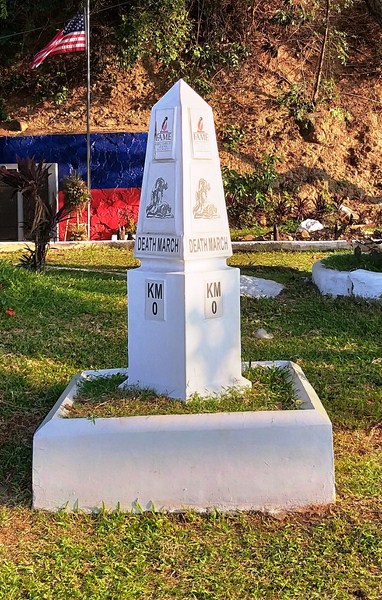
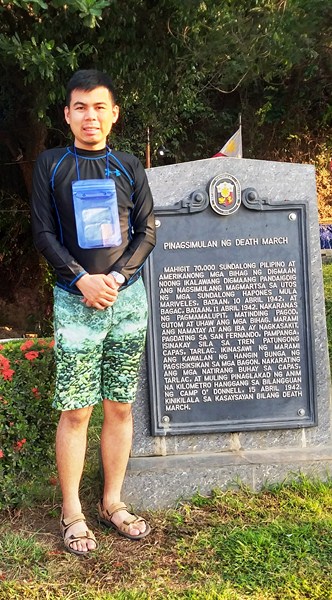
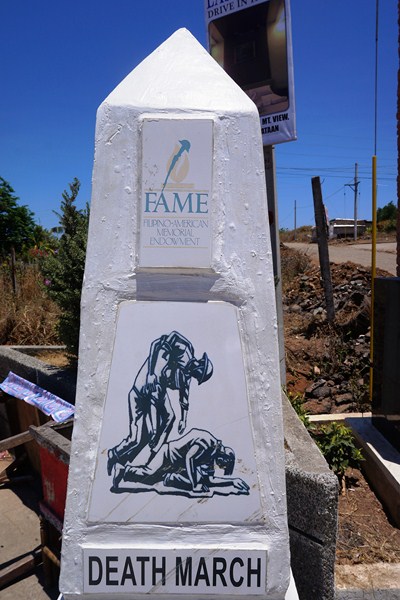
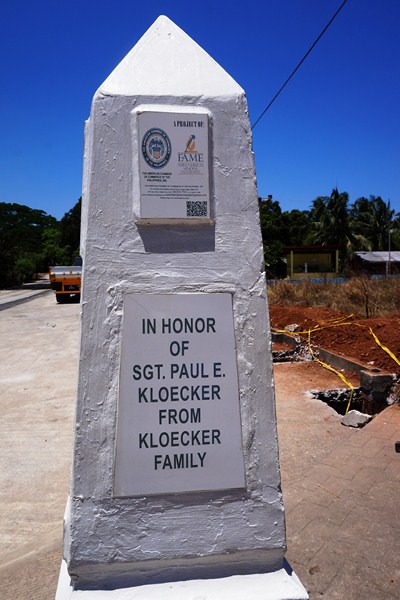
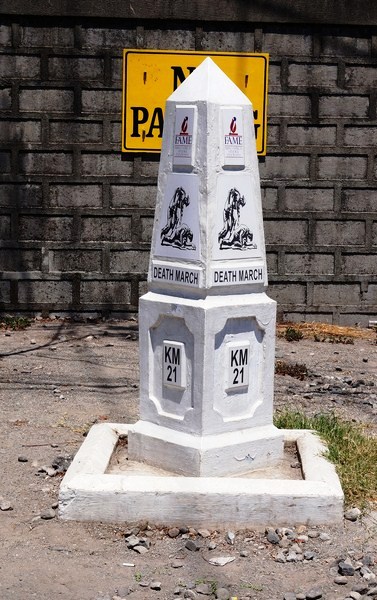
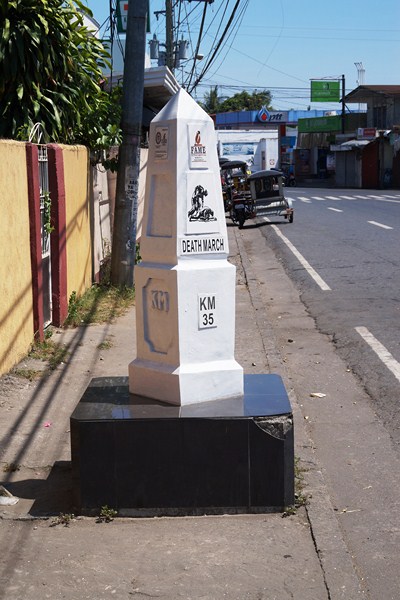
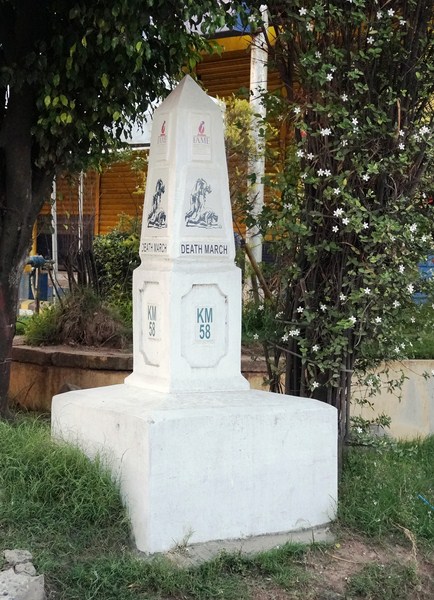
Pingback: Bisita Iglesia: Bataan – B.L.A.S.T. – Live Life to the Fullest ……… Don't Stay Put